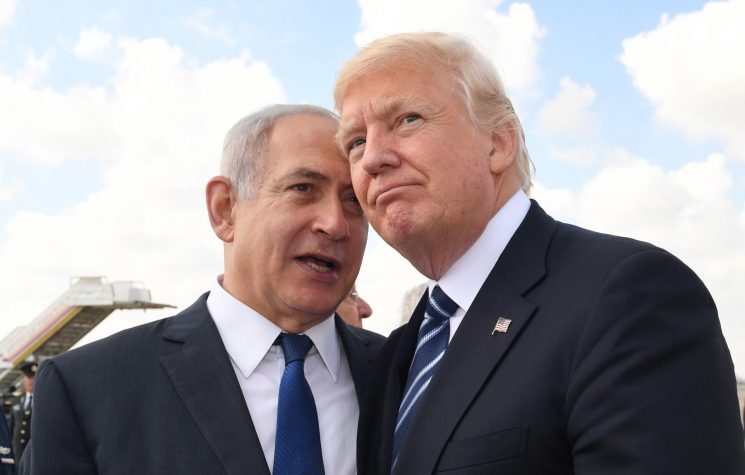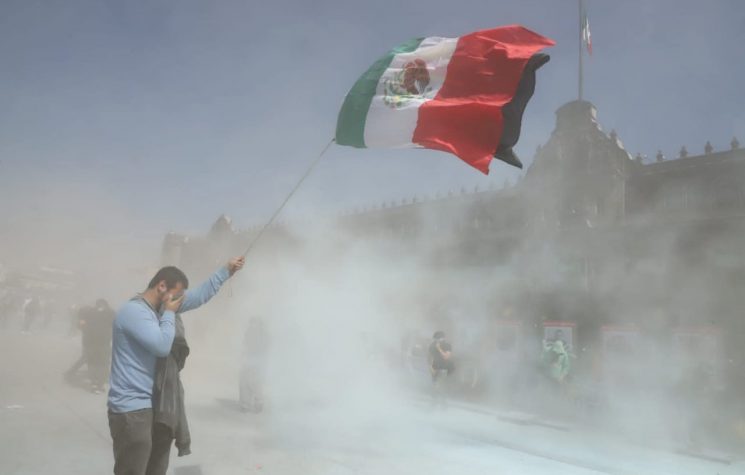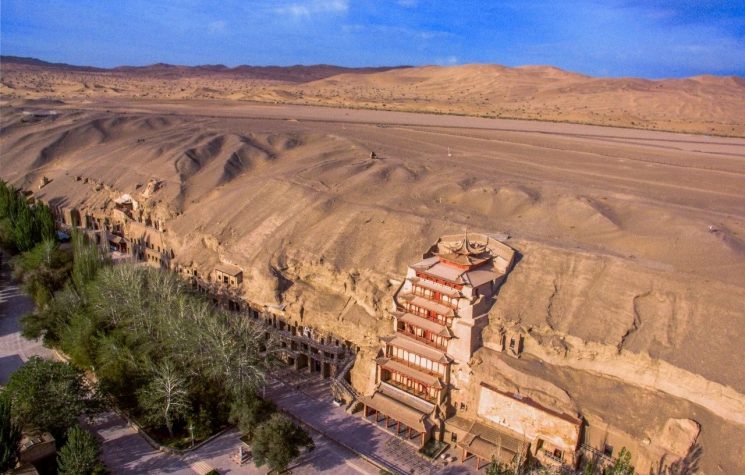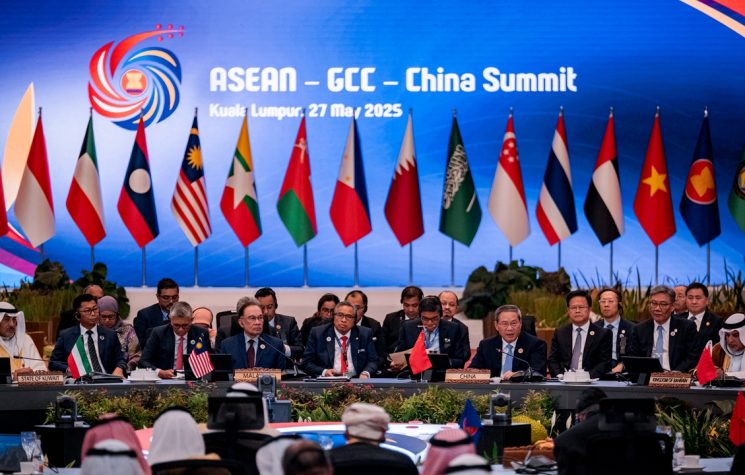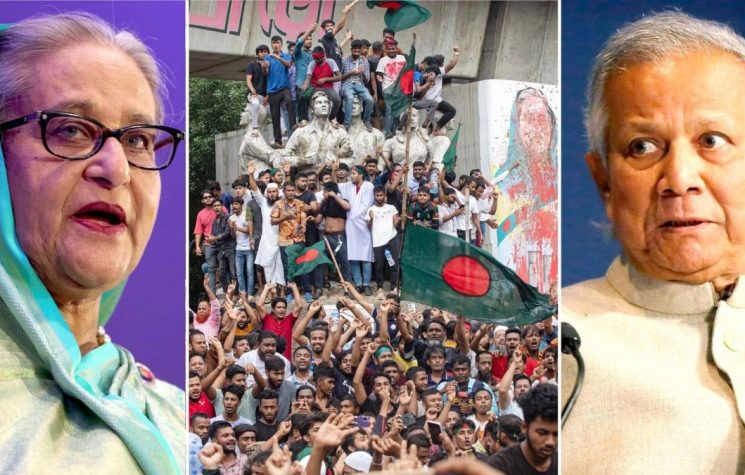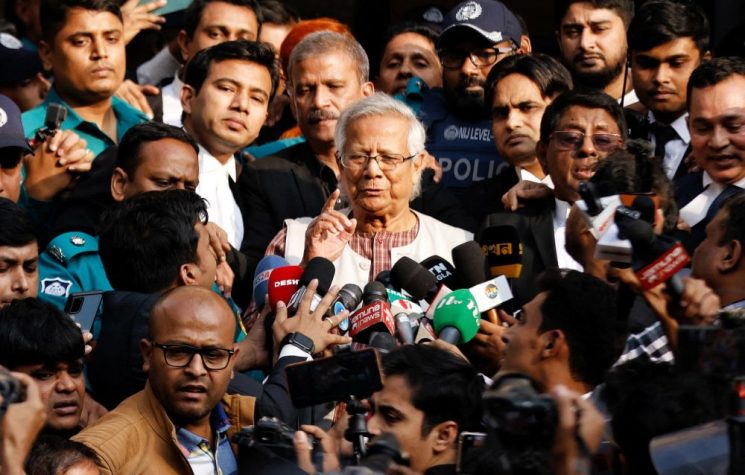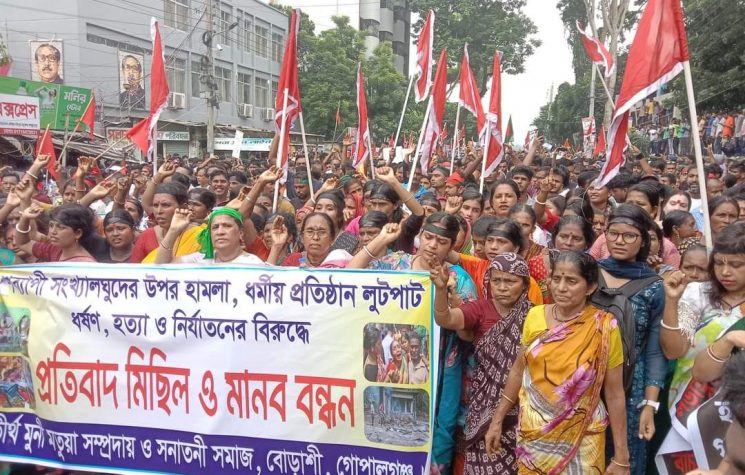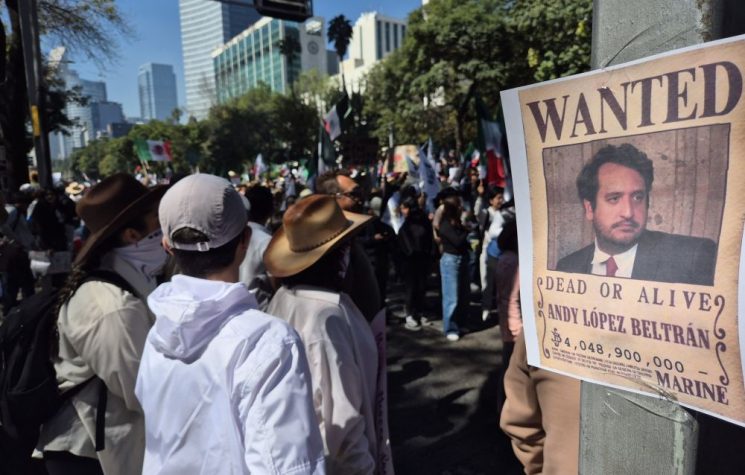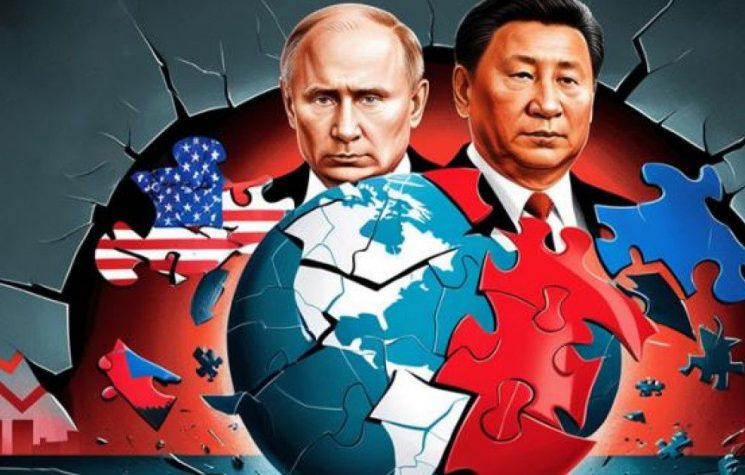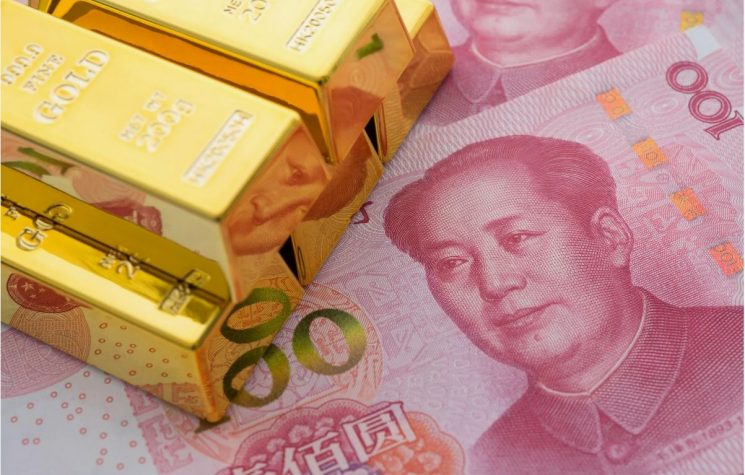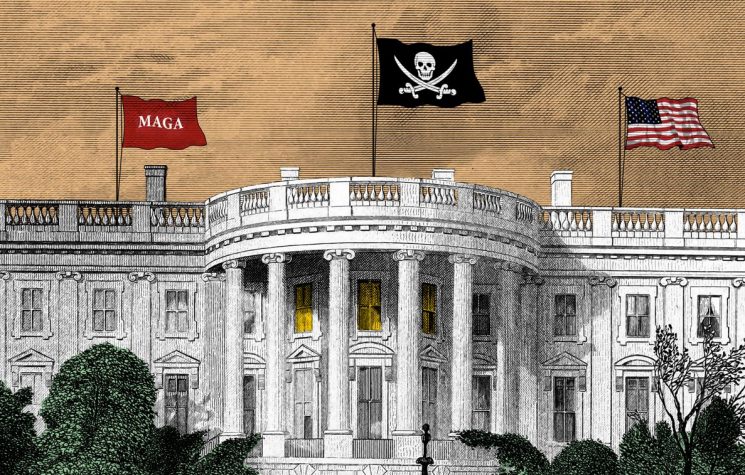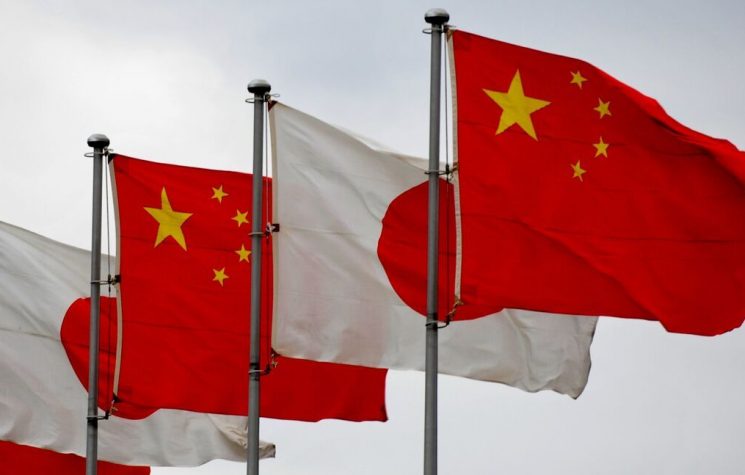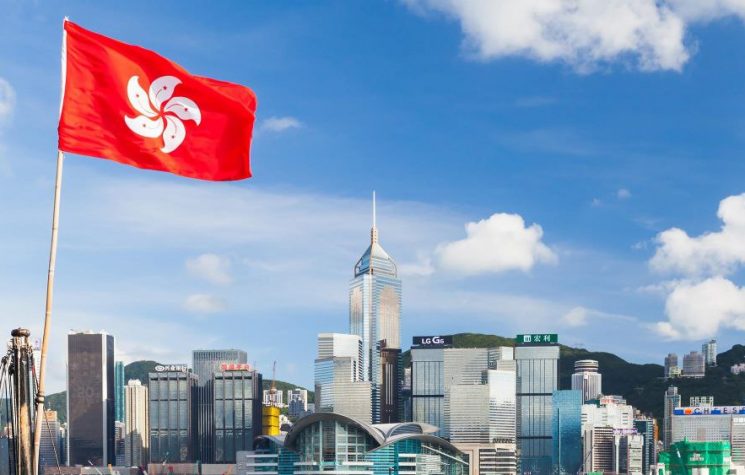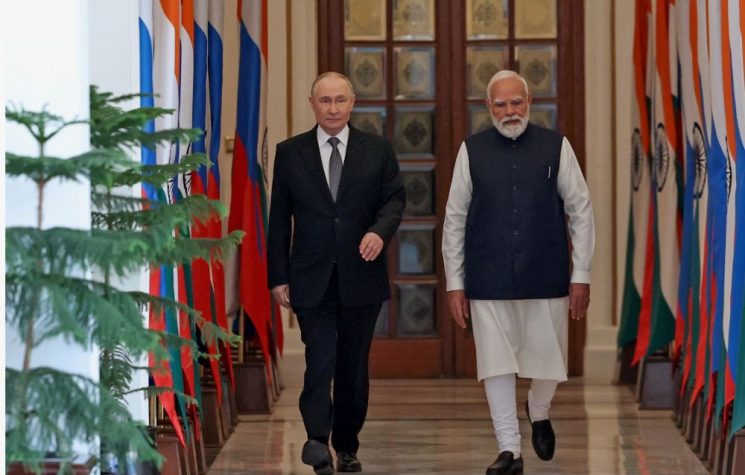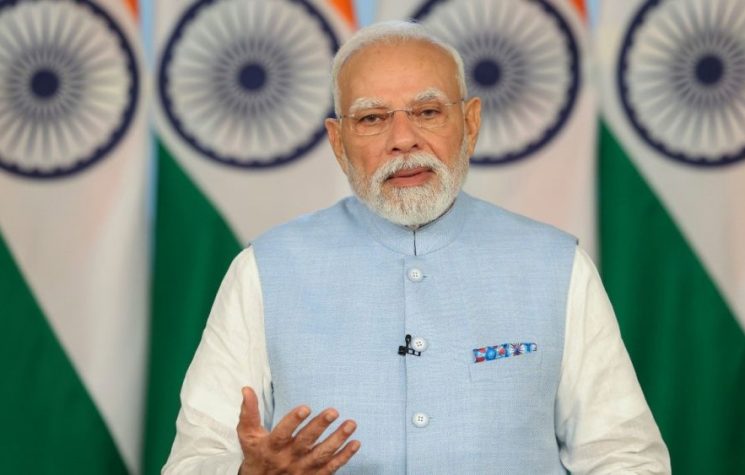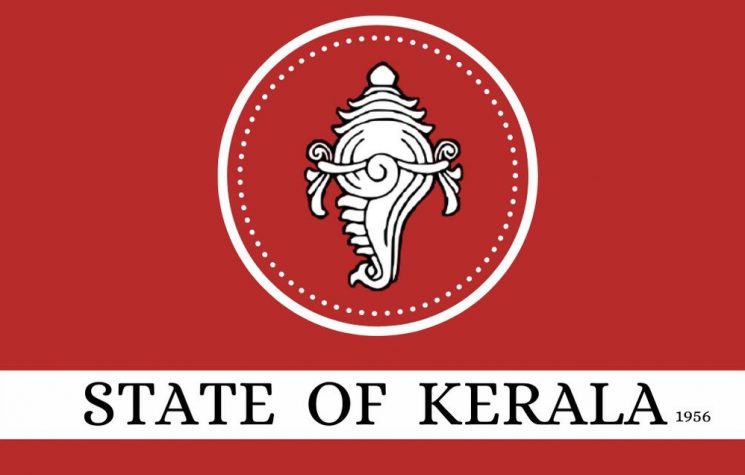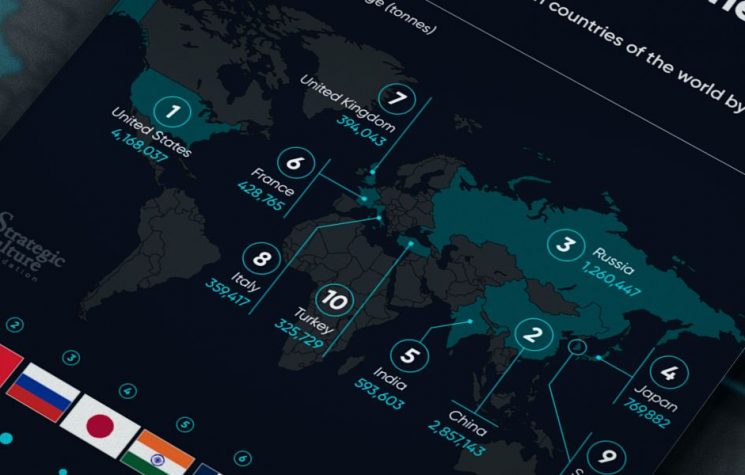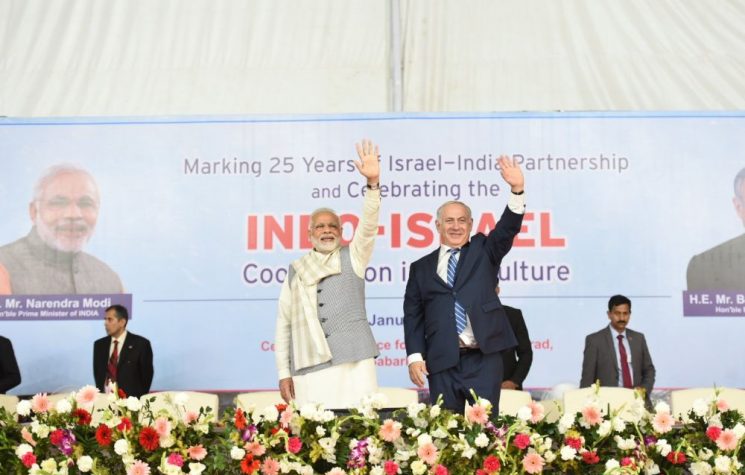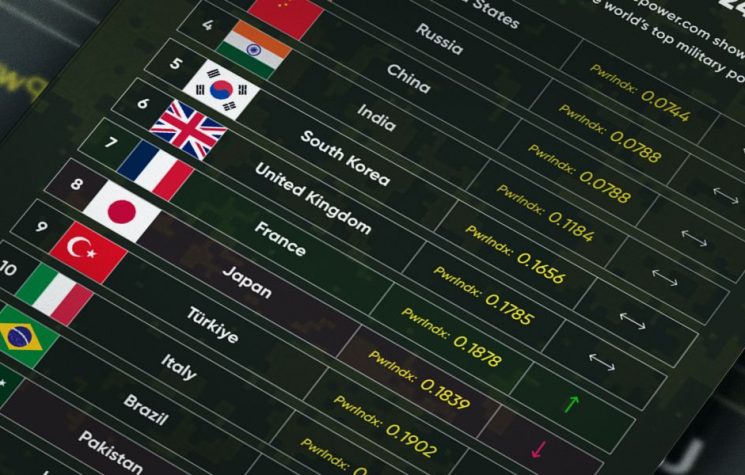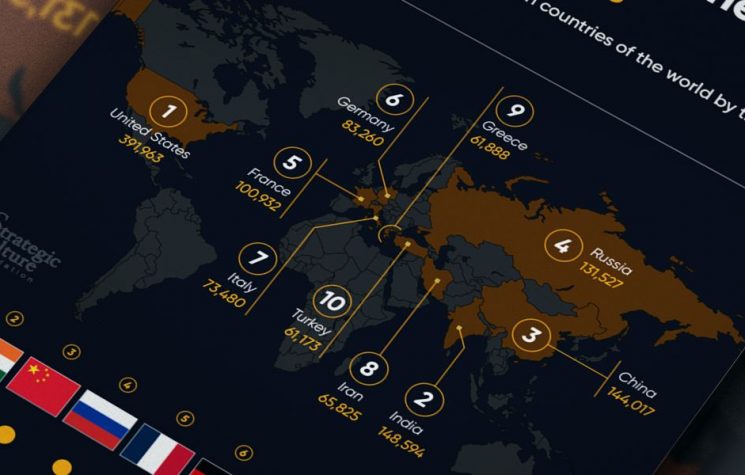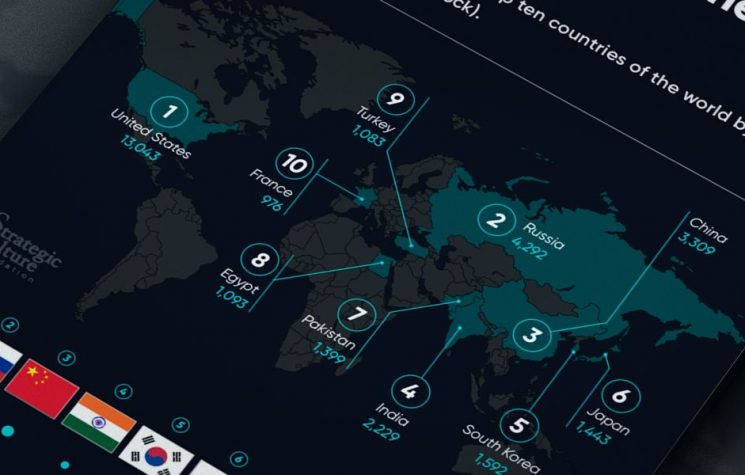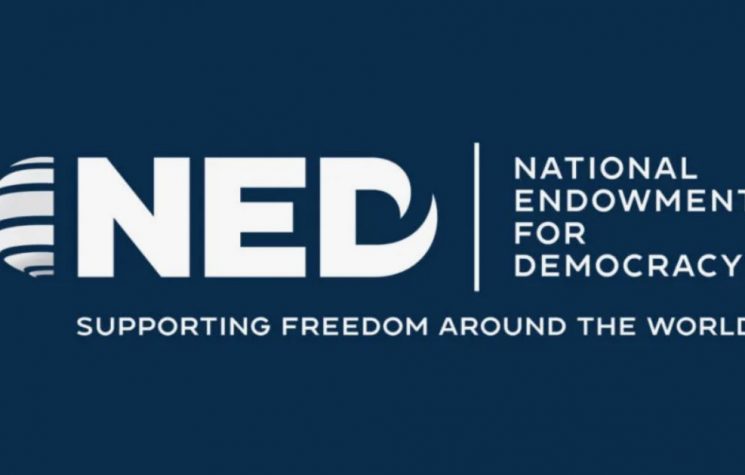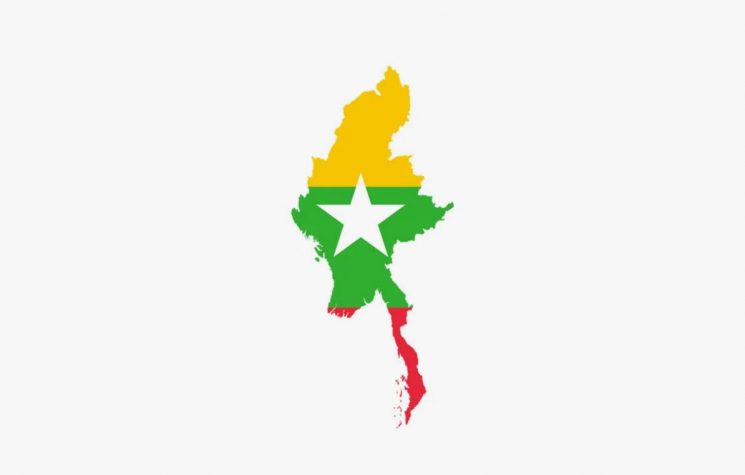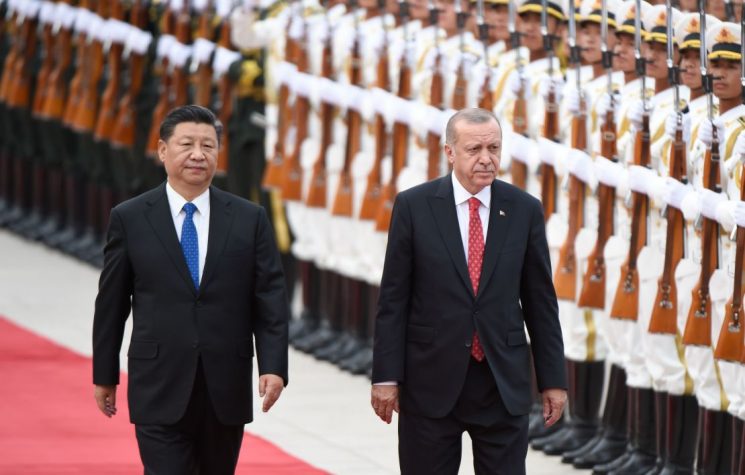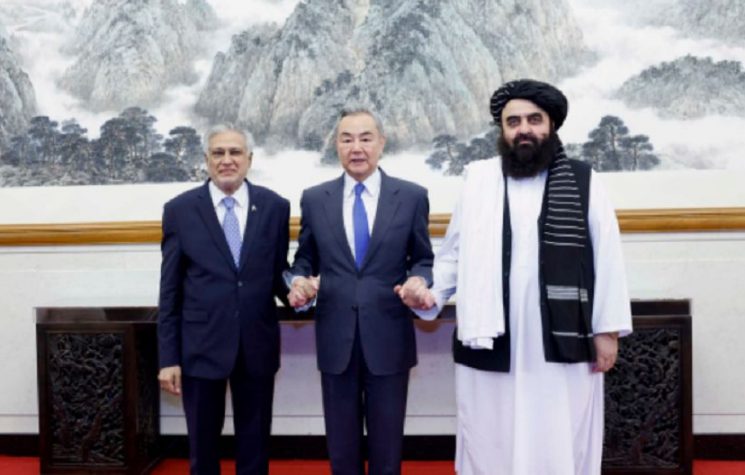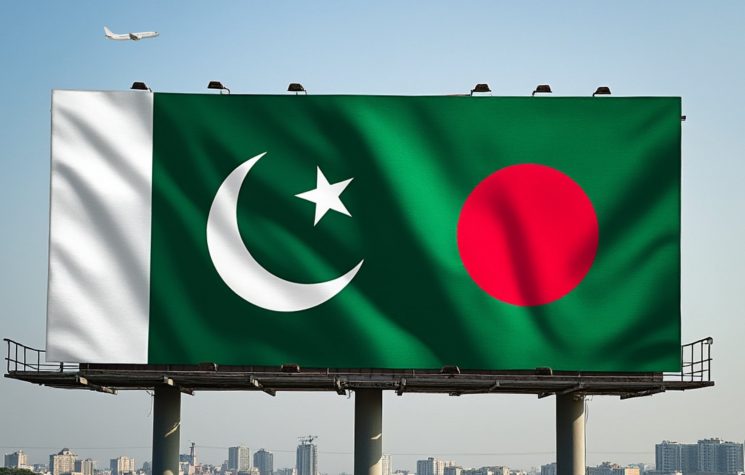What happens in the coming days will be decisive for the future not only of Bangladesh and India, but also for the entire Belt and Road Initiative and related projects.
Contact us: info@strategic-culture.su
In the dastardly strategy of war escalation that the United States is pursuing, consistent with its foreign policy of repeated wars, what is happening in Bangladesh assumes a central role in framing the American attempt to destabilise the new alliances of the multipolar world.
The position of the Belt and Road Initiative
As is now well known, one of the key points in the new alliances is the Belt and Road Initiative, a trade route that plays the leading role in connecting the various countries of the Eurasian macro-continent.
The BRI was established in 2013 at the initiative of the People’s Republic of China as a trade infrastructure involving 150 countries and international organizations. It consists of 6 land-based urban development areas connected by roads, railways, energy pipelines, digital systems and sea routes linked through ports. Xi Jinping originally announced the strategy as the ‘Silk Road Economic Belt’ during an official visit to Kazakhstan in September 2013. The term ‘belt’ refers to the proposed land routes for road and rail transport through landlocked Central Asia along the famous historical trade routes of the Western regions; ‘road’ is short for ’21st Century Maritime Silk Road’, which refers to the Indo-Pacific maritime routes through South-East Asia to South Asia, the Middle East and Africa.
The purpose of the initiative is simple: international cooperation in order to increase economic power and status on the global stage. The stated goals of the BRI are to build a large, unified market and take full advantage of international and national markets, through cultural exchange and integration, to improve the mutual understanding and trust of member countries, creating an innovative model of capital inflows, talent pools and technology databases. Nothing is excluded from the calculation: infrastructure, education, transport, construction, raw materials, rare earths, technology. One could say without fear of being wrong that the Belt and Road Initiative has become China’s economic magnet of attraction to the entire world.
As of today, in 2024, there are 140 adhering countries, representing 75% of the world’s population.
On the Maritime Silk Road, which is already the route of more than half of all the world’s containers, deep-water ports are being expanded, logistics hubs are being built and new inland traffic routes are being created. This trade route runs from the Chinese coast southwards, linking Hanoi, Kuala Lumpur, Singapore and Jakarta, then westwards, connecting Sri Lanka’s capital Colombo and Malé, the capital of the Maldives, to East Africa and the city of Mombasa in Kenya. From there the connection moves northwards to Djibouti, through the Red Sea and the Suez Canal to the Mediterranean, thus connecting Haifa, Istanbul and Athens, to the Upper Adriatic to the Italian hub of Trieste, with its international free port and its rail connections to Central Europe and the North Sea.
Dictating the rules of the BRI are mainly certain partnership alliances: the Forum on China-Africa Cooperation, the China-Arab States Cooperation Forum, the Shanghai Cooperation Initiative and of course the BRICS+.
Weakening India to destabilize Rimland
Of course, criticism of the BRI comes from the (now no longer) Atlantic hegemon: too much Chinese influence, too much economic power, therefore too much political autonomy. And not only for China, but also for the various neighboring states that are linked to the USA in one way or another.
The BRI factually extended China’s maritime power, expanding its political influence. In the classical geopolitical theory of Halford Mackinder and his American successors, this influence means only one thing: to limit the power of the American thalassocracy, forcing it to find other routes to conquer the Heartland (heart of Eurasia). Although China is not a Sea Civilization (thalassocracy), but a Land Civilization (tellurocracy), it has managed to exploit economic deterrence as a maritime power, balancing enough to frighten the United States of America and its (very few) partners.
For there is indeed a strategic risk: Rimland, the coastal zone that acts as a buffer in the clash between Eurasian Tellurocracies and Atlanticist Thalassocracies, cannot be ceded cheaply. The BRI is objectively part of a broader strategy of military control over the Straits of Malacca and ‘wraps around’ the American military island chain. Which means that the Americans have gradually lost their freedom of military initiative and now no longer have the market freedom to act indiscriminately.
The U.S. is well aware of this and for this reason organized a coup d’état in Bangladesh, a country that is very important for the stability of India, which is the largest and most important country, after China, on the BRI, and the only one still linked to the West by a double thread.
India has in the past few months repeatedly refused strategic support to the U.S., particularly for control of the Indian Sea and the Persian Gulf; Narendra Modi last month went to Moscow and signed agreements with Russia; all this did not go down well with Washington, which ordered the ousting of Sheikh Hasina’s government in Bangladesh.
Hasina is pro-India, so New Delhi could enjoy an increase in regional stability. Hasina also meant a balance between ethnic and religious conflicts, where already between 2001 and 2006 there had been several problems due to the links between nationalist groups and parties in Bangladesh and Pakistan; he refused territorial cessions and military collaboration with the U.S. and opposed anti-Chinese pressure.
Thus came the punishment: ousting Hasina through a coup d’état micro-revolution to install an interim junta with a man chosen by Washington. All in the stars and stripes style. It is no coincidence that the U.S. State Department immediately expressed its support for the change of political regime, without waiting even a few hours for the event.
Destabilizing Bangladesh is an attempt to undermine India’s security and, since India is the guarantor of Rimland’s stability and autonomy, the U.S. will try to disrupt the regional balance by fomenting domestic conflicts and slowing down economic agreements. A pro-American government would force all neighboring countries to reassess their commitment to security and participation in partnerships. While it is true that Bangladesh cannot, on its own, confront India and cannot determine its domestic policy, it is also true that a number of strategic dangers on the India-Bangladesh border would be a very difficult problem to manage at this time.
What happens in the coming days will be decisive for the future not only of Bangladesh and India, but also for the entire Belt and Road Initiative and related projects.











